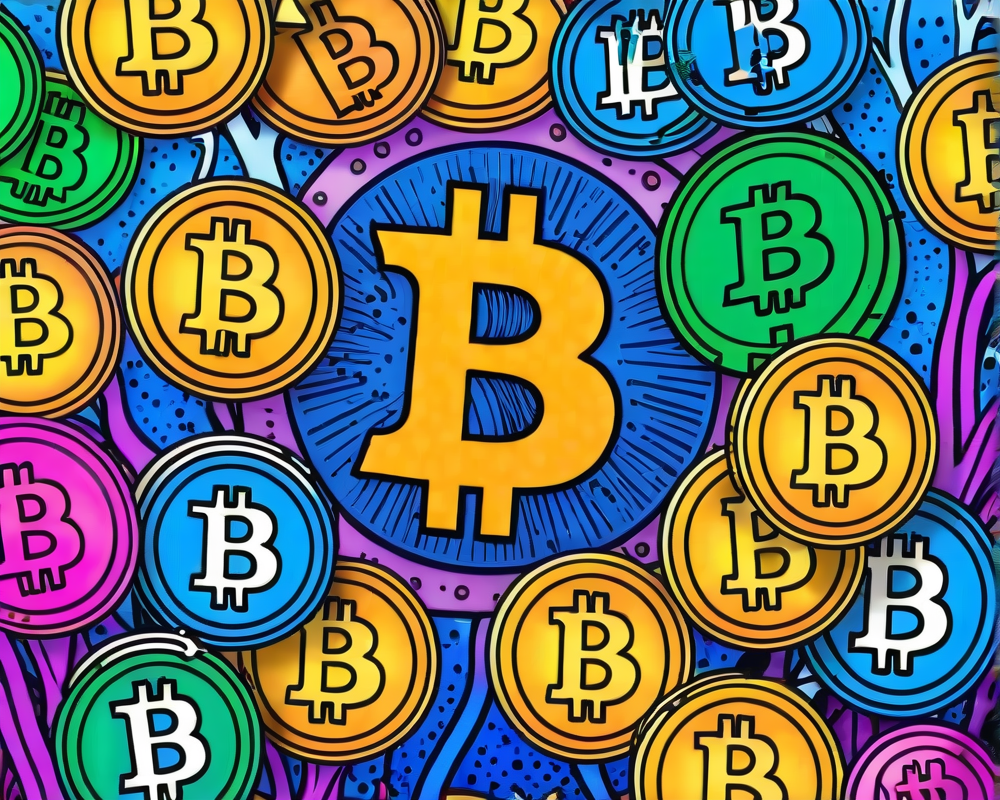How Lightning isChanging the Game
The Lightning Network is not just a fancy term tossed around by crypto enthusiasts. It’s making headlines as the ultimate quick-fix solution for Bitcoin transactions. Forget waiting hours for transactions to clear; with the Lightning Network, you could send and receive Bitcoin faster than it takes to decide on lunch. Just ask Alena Vorobiova, a Ukrainian refugee who managed to transfer $100 worth of BTC from Miami to Poland in three minutes. Bet she didn’t even have time to think about what to order.
Eye-Popping Growth Statistics
According to a fresh-off-the-press report from Arcane Research, the Lightning Network has experienced a jaw-dropping 410% growth in payment volume over the past year. Yes, that’s right—a leap so big you might think it was training for the Olympics. The report highlighted that the number of transactions doubled, while the total value of payments quadrupled. Sounds like a lot of people are hopping onto the fast lane!
Metrics That Miss the Mark
But wait—before you start popping champagne bottles, there’s a catch. The usual metrics used to measure the Lightning Network’s success, especially total value locked (TVL), tend to underestimate its actual size. Why? Because they forget to account for private channels and nodes that could be hiding in the shadows, kind of like that last slice of pizza everyone pretends not to see. Therefore, focusing solely on payment volume gives a much clearer picture of true adoption rates.
Access Skyrocketing
One of the main reasons for this excitement is the incredible surge in users gaining access to the Lightning Network. Tools like El Salvador’s Chivo Wallet and CashApp in the U.S. have opened gates that were once tightly shut. Think of it as the VIP backstage pass to the Bitcoin concert. In August 2021, only 100,000 users were in the club, but by March of this year, that number ballooned to a staggering 80 million. Who knew Bitcoin had such a massive fan club?
Where Does the Money Go?
A deep dive into where the money is flowing reveals some interesting insights. Approximately half of the transaction values were from direct peer-to-peer (P2P) interactions, proving that sometimes, friends do share. However, the other half splits itself: about 33% comes from exchanges and a solid 20% from vendor purchases. It’s almost like a Bitcoin buffet—everyone’s enjoying their fill of transactions in different ways.
Back to Basics: What Sparked the Need?
In case you’re wondering why all these solutions are popping up, it turns out that Bitcoin—originally an electronic cash system—ran into some serious traffic jams on its network. The Lightning Network burst onto the scene in March 2018 to save the day with its promise of faster and cheaper transactions. Think of it as Bitcoin’s very own superhero, swooping in just when it needed to clear congested highways.




